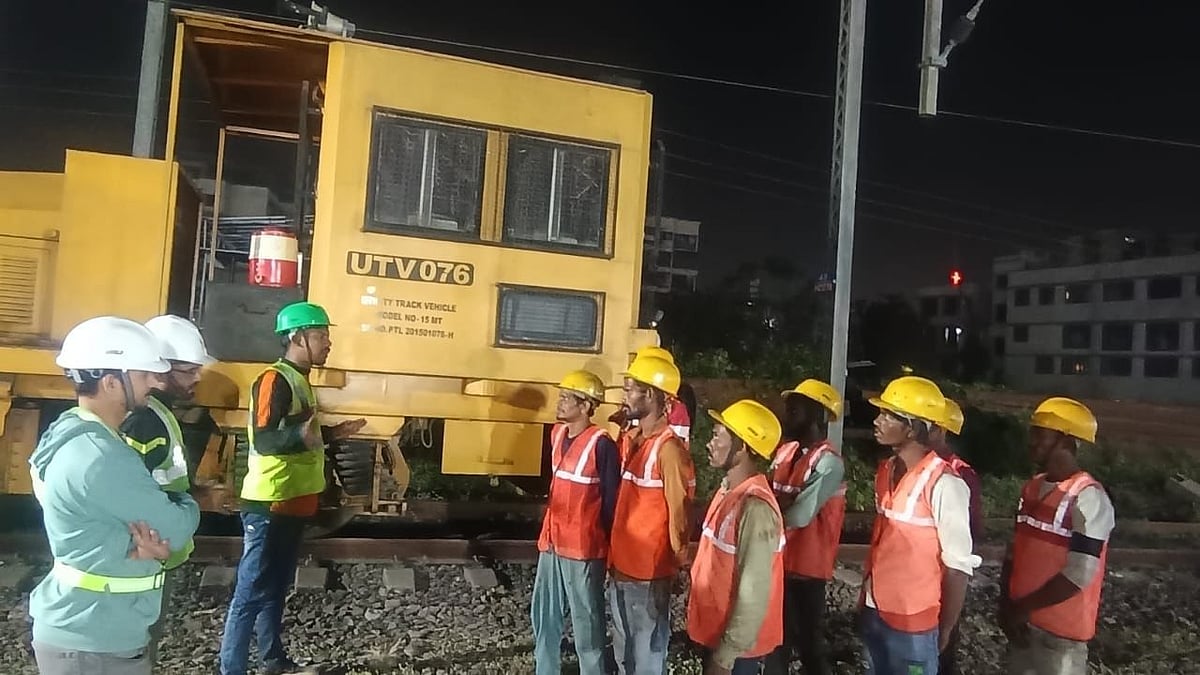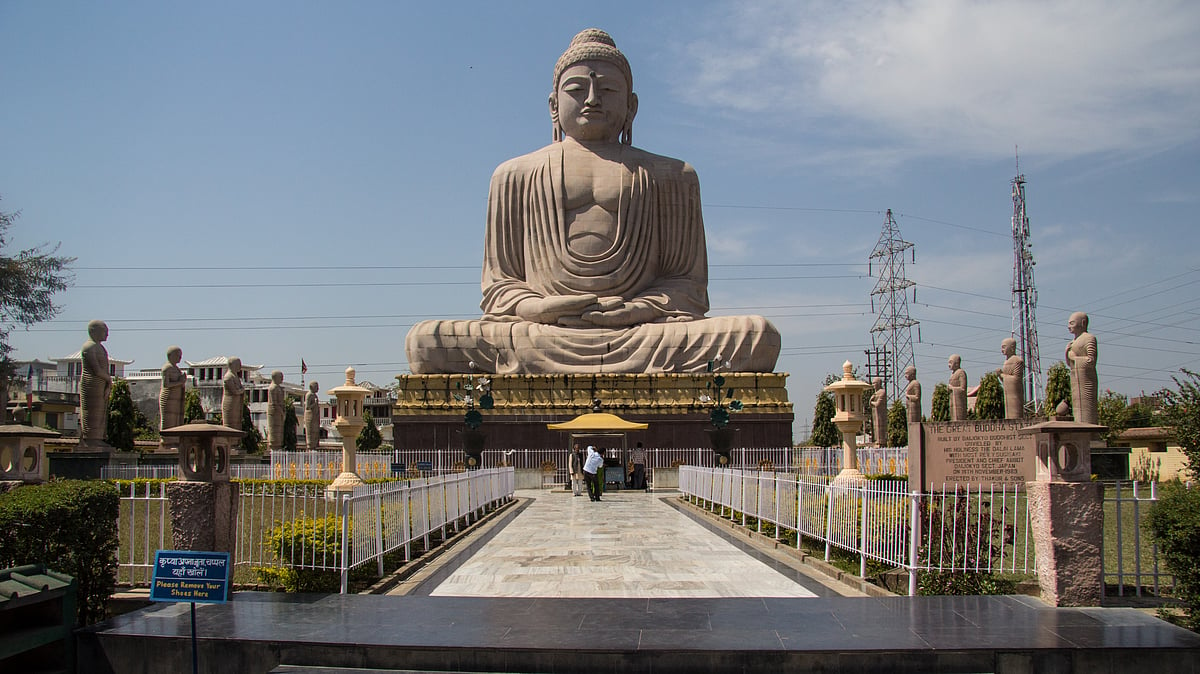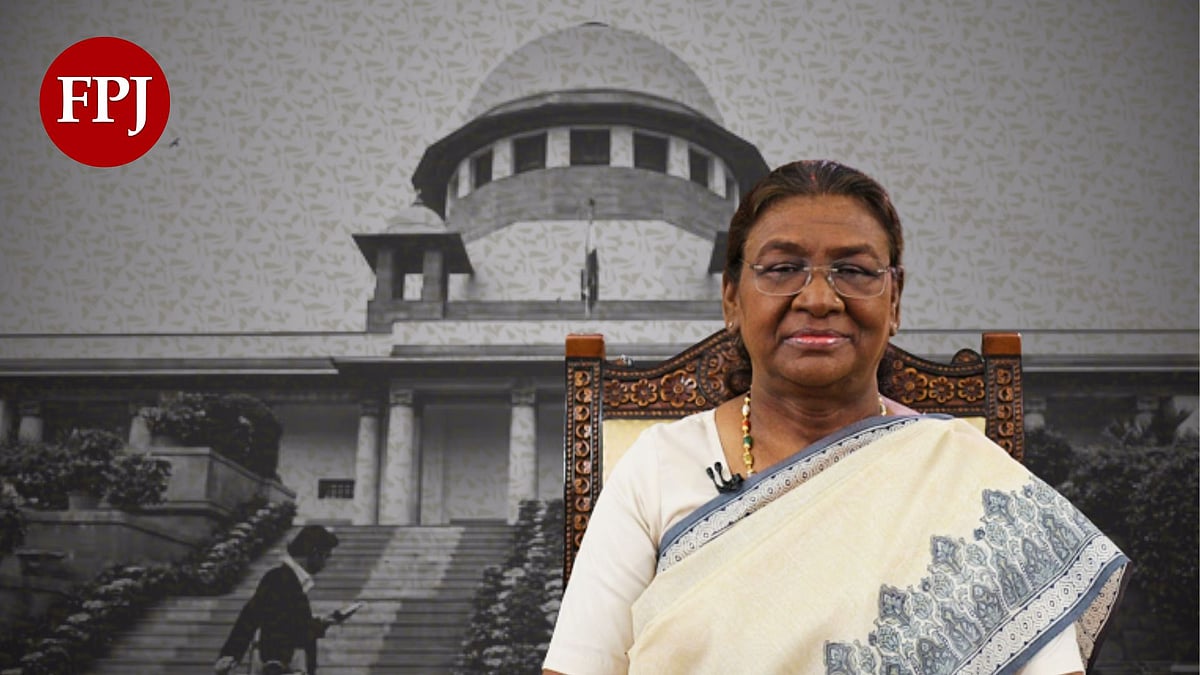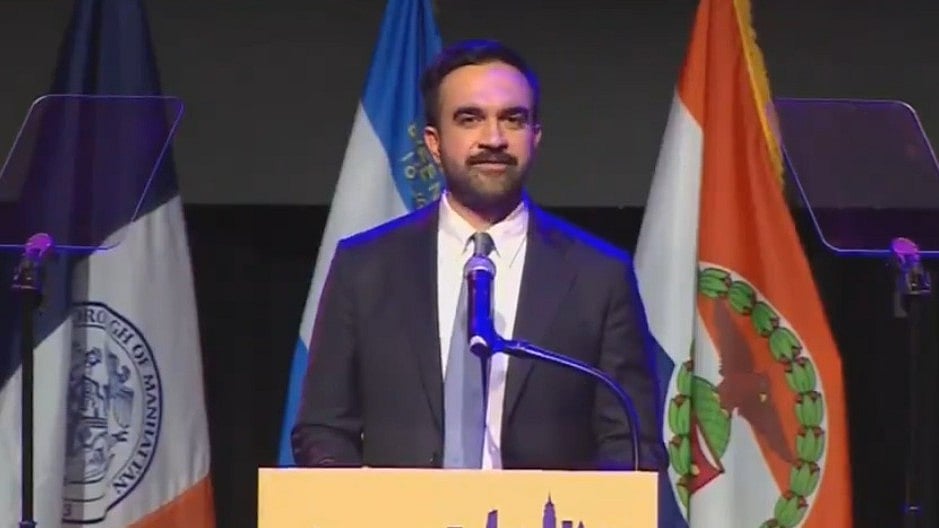Given the national noise and the disruptions, the temper and the fury that now permeate our public discourses, it is easy to forget that we are in 2020, which, as it was, became our first milestone stop as India ventured into a new century and the new millennium. The mood then was very different.
It was well captured in these words of Finance Minister Yashwant Sinha, in the Union Budget speech to the Lok Sabha on Feb. 29, 2000: “Sir, the millennium has heralded the arrival of the Indian economy on the global stage…Indian talent and Indian effort is second to none. In two short years, we have ensured that “made in India” is a compliment for any product or service. In two short years, we have sent notice to the world that India will be an economic superpower in the 21st century. The world’s eyes are now upon us, and we will deliver.” Sinha then served in the government of Atal Bihari Vajpayee of the BJP.
The world’s eyes are on India again as the Union Budget for 2020-21 nears but global leaders now look at the nation with very different lenses. The mood is summed up in many a headline and comment, the latest of which is the billionaire philanthropist George Soros, who wrote: “The biggest and most frightening setback (has) occurred in India where a democratically elected Narendra Modi is creating a Hindu nationalist state, imposing punitive measures on Kashmir, a semi-autonomous Muslim region, and threatening to deprive millions of Muslims of their citizenship.”
In a short span of two decades, how far have we travelled? Between two BJP governments, from the late Atal Bihari Vajpayee government in 2000 to the Narendra Modi government in 2020, where have we landed?
Somewhere, there was a fork in the road. One looked less littered than the other as the path branched off. The nation discarded the tried and the tested and took the other, and that has landed us a bumpy ride. This is a ride of the kind very few might have thought India would be on when all those glorious documents were being written at the turn of the millennium: the Vision 2020s, the call to reach new highs and the determination to make a mark in the world with an India that celebrated pluralism, democracy, freedom and yes, growth.
Take growth, measured conventionally as it is through the GDP number on the demand side. We were at an overall GDP growth rate of 6.4 per cent in 1999-2000. In 2019-2020, we will be under 5.0 per cent. That is a fall, yes, and it appears in these dismal times that we may fall even further. Many metrics point in that direction. But that is only a part of the story. An overview of 20 years and the direction we are driving into must also take into account, in all fairness, the other governments that ruled, which was the Congress-led government under Dr Manmohan Singh, the ever-so-genteel economist Prime Minister who worked in sharp contrast to the not-so-genteel Prime Minister Narendra Modi.
This wider view of the 20 years of this Century tells us that India did reach new heights, that there was a time when growth climbed to double digits, even if briefly, but it would be surface analysis to say that Singh was good and Modi is bad, even if we talk of the economy alone and leave aside all the other non-numerical variables. The fact remains that India has grown in patches, and this is a growth story that has picked the low hanging fruits as services boomed, manufacturing stalled and agriculture was ignored. The recent spurt in prices of onions, the repeated episodes of rising food inflation and the continued declining share of agriculture in GDP though half the population still depends on agriculture are big ticket pictures that tell us little is being done to work the economy from the ground up, literally. Further, health and education have received less attention. There are more Universities but there is little to stimulate young minds, improve curriculum and provide education that allows students to think rather than memorise, write exams and get grades. There are more “super-specialty” hospitals than ever, often on public land, but they have become more unaffordable than ever. All this while we built glitzy airports, taller buildings, fancy highways, with murmurs of high corruption, mega loans and sweet deals that have collapsed to give us a mountain of non-performing assets. This growth, even if it exists, is the high of empty calories in a sugar-loaded cola. In fact, this is the kind of growth that may have very well contributed to India choosing the road we are now on.
The positive element was that India had no threat to its basic structure, its multi-coloured fabric of existence and its belief in the voice of democracy, however poorly it worked. Today, even that has disappeared. Thus, we are doubly poor – we don’t have the money; we don’t have the voice. Only the most violent of muggers choke you at the throat while relieving you of your valuables. Growth (even of the top down variety, let alone the more difficult task of growth from the ground up) has no chance amid the disturbances that are all around us with governments like the one in Uttar Pradesh openly issuing wild threats of seizure of property of those who protest.
In the end, 2020 looks as dismal as 2000 may have looked full of promise. How prejudice drives control, creates strife and threatens the weakest can be seen in clear light from this simple example of how the narrative on population has changed in 2020.
In 2000, the Vajpayee government launched a new population policy that spoke of the rights of people, of “voluntary and informed choice and consent of citizens while availing of reproductive health care services” along with a “target free approach”. That policy used the word “control” only three times, and each time in reference to the control of diseases. Today, it’s control on how many children a couple can have. The language has changed, the narrative is being created, so don’t be surprised if an order is passed one fine morning. If the government can decide what you eat, whether you protest, and if art. 370 should stay, bypassing the machinery for a constitutional amendment, then what’s wrong if it decides when you can have children, and how many? It’s all in national interest!
The writer is a journalist and a faculty member at SPJIMR. Views are personal.
Syndicate: The Billion Press










